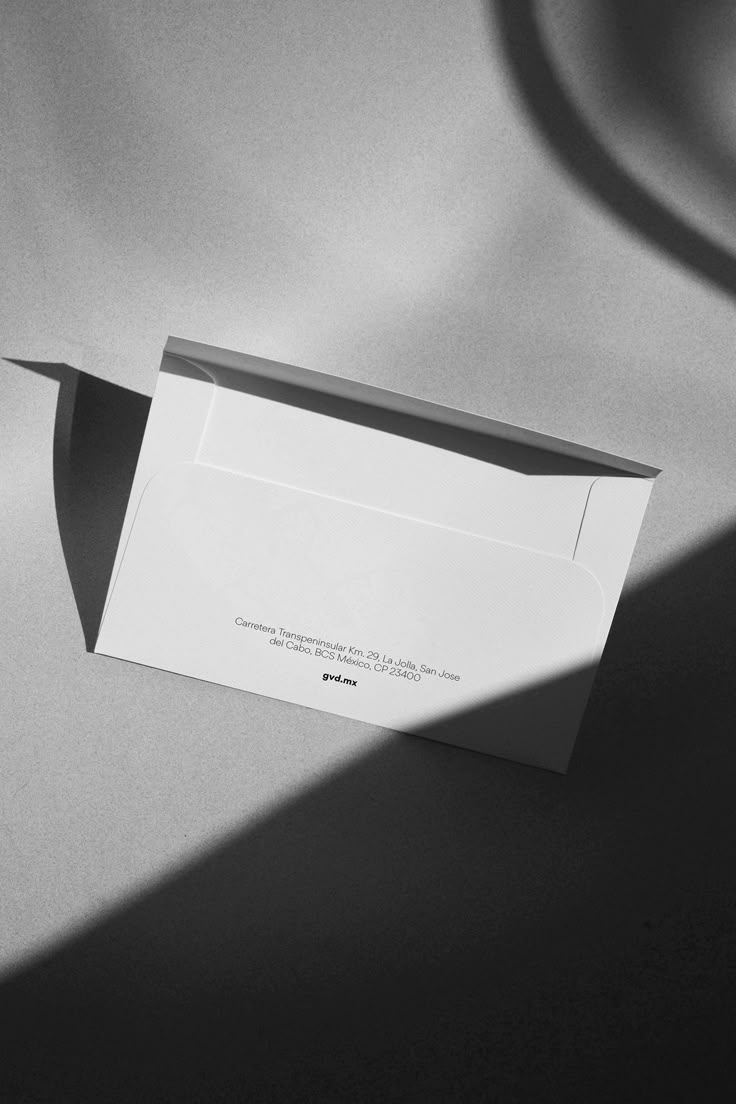Table Of Content

He also recognizes that for this shift to occur, a fundamental reorientation and change of value system is needed (Trainer, 1995, pp.9–15). To illustrate his vision, Trainer compiled an instructive list of design characteristics that would guide the creation and re-design of settlements in such a conserver society (see Box 6.5). Baxter and Fraser see the value of creating a vision in the way it connects the future and the present. First, a vision helps us to put our current behaviour into context and perspective, and second, it “catalyses new actions and partnerships in order to move the community or organization towards the future it wants” (1994, p.4). They identify six main characteristics of visioning which make it a uniquely useful process.
Our Team
Since its publication the vision of global sustainability, equity, justice and peace formulated in the Earth Charter has been adopted by an increasing number of national and international organizations. It will hopefully provide a basis for fruitful discussion about the necessary local, regional, national, and international dialogues about how to effectively implement such a vision of a sustainable human civilization. Awareness of our fundamental interconnectedness and interdependence with all of life spawns the realization that we cannot maintain human, community, or societal health without maintaining the health of ecosystems and the planet as a whole. I will use the remainder of this exploration of the role of vision in design to introduce a variety of different formulations of hopeful visions of sustainability and the strategies of appropriate participation they propose.

CREATE A LANDSCAPE PLAN
Each of these milestones can then be further broken down into smaller, more manageable steps. Identifying your company’s strengths and weaknesses will help you determine what areas you need to focus on as you develop your design vision. You don’t want to spend all your time and resources on areas where you’re already strong.
Defining your design vision for the future
Jonathan Ball’s doctoral research reviewed a variety of different approaches to creating community based visions and developed a conceptual framework for applying environmental visioning to land-use planning and bioregional design. Ball (1999) identified a number of common characteristics and steps of visioning as a tool for designing meaningful and desired futures intentionally. The Table below (see Table 6.2) shows a summary of three related but differently focussed approaches to the visioning process, as provided by Jonathan Ball. Any design strategy is useless if there is no clear vision of where that strategy is supposed to take us.

When sharing your design vision, make sure to use a variety of different methods, such as presentations, documents, and visual examples. This will help ensure that your design vision is easy to understand and accessible to everyone who needs to see it. This will ensure that everyone is on the same page and working towards the same goals. Taking the time to review and revise your design vision will help ensure that your final product is true to your original vision and meets the needs of your audience. First, make sure that your design principles and direction are clearly defined and align with your project goals.
Instead, you should focus on shoring up any weaknesses to create a more well-rounded and effective design strategy. But perhaps the most significant benefit of having a design vision is that it can help create a sense of cohesion and purpose within your company. When everyone is aligned around the same design goals and principles, processes become more efficient and it can help drive innovation through cross-functional collaboration. Your teams are more likely to work together effectively, communicate better, and make better decisions.
Additionally, rooftop photovoltaic panels generate clean energy, while a rainwater harvesting system reduces the reliance on municipal water. The Makers’ KUbe is designed by the architects at Bjarke Ingels as a monumental 50,000-square-foot structure built with mass timber. The diagrid frame, engineered by StructureCraft, utilizes tight-fit dowels and glulam beams to create a strong, all-wood structure.
Examples of Design Mission Statements
“Design to envision the future” is the activity to propose ideal products for the future. Various problems are complexly intertwined in the administration of a system that supports society, where one company can no longer present an ideal proposal. In order to explore an ideal system that supports society and the role of Hitachi, Vision Design proposes a future vision as tentative plans for discussions.
Design Mission Statement – Examples and Tips
Consider where you want your company to be in five or ten years and what role design will play in getting you there. A good way to assess your current design strategy is to conduct a design audit. This involves reviewing all of your company’s design assets, including your website, marketing materials, design system, and product experience. Look for inconsistencies in branding and messaging, as well as areas where your user experience could be improved. Vision Design is Hitachi’s activity for design relative to envisioning the future.
Make sure to stay updated on the latest design thinking and methodologies, and consider how they might be applied to your project. Next, consider any feedback or changes that have occurred since you last updated your design vision, and make sure to incorporate any relevant changes or insights that have been gathered. First, you want to make sure that your design vision is aligned with your project goals. Each of these types of examples will give a different perspective on your design vision and help others understand it better.
Defining your project objectives will help ensure your design vision is on the right track to success. When defining your project objectives, it’s important to consider your target audience and their needs. How can your design address those pain points and help your audience achieve their goals? This step is all about gathering as much information as possible so you can create a well-informed design vision that meets the needs of your target audience and stands out in the market. A good design vision should also be flexible enough to adapt to changes in the project as it evolves. It’s important to remember that a design vision is not a rigid set of rules, but rather a guide for the team to follow.
From within each discipline, different pieces of the bigger puzzle are added. Each one of them strengthens the overall vision and the various contributions mutually reinforce each other in the creation of a synergetic and powerful ‘leitmotiv’ for turning the vision of a sustainable human society into reality. He emphasizes the importance of personal openness to change, learning and new and transformative insights.
This will help ensure that your final product is true to your original vision. Another thing to consider is the level of detail in your visual examples. For example, you might include detailed mockups of specific pages or interfaces, or you might include more general mood boards that give a sense of the overall aesthetic. The level of detail will depend on your project and the stage of the design process you’re in. Once you’ve gathered all the necessary information, it’s time to define your project objectives. This is where you’ll take all that information you’ve collected and use it to set clear and specific goals for your design project.
Moving the Chinatown Stitch Project Forward with Our Vision Report and Design Selection Office of Transportation ... - City of Philadelphia (.gov)
Moving the Chinatown Stitch Project Forward with Our Vision Report and Design Selection Office of Transportation ....
Posted: Thu, 04 Jan 2024 08:00:00 GMT [source]
It fosters consistent, purposeful design choices, enhancing the user experience across products and platforms. Having a clear and comprehensive design vision is crucial for ensuring that the design project stays on track and achieves its desired outcomes. By including all of these elements in your design vision, you’ll be able to create a roadmap that will guide your team throughout the design process. It gives the team a clear understanding of what the final outcome should be, which helps to guide design decisions and ensures that the final product is true to the original vision. Today, we’re taking a major step toward our vision for a more open computing platform for the metaverse.
We help our clients increase their marketing impact to grow their business. If you have an exciting new service to promote, a longer, planned out marketing schedule may be right for you. Our NO CONTRACT services offer you the flexibility to market your business on your schedule. We dive deep into your current status, analyzing existing data and identifying your customers' unmet needs. In this phase, we will define the Sprint Challenge in the clear format of a Problem Statement. All these insights are consolidated into the Design Sprint Brief and visualised in powerful diagrams, which your team will work with during the sprint.

No comments:
Post a Comment